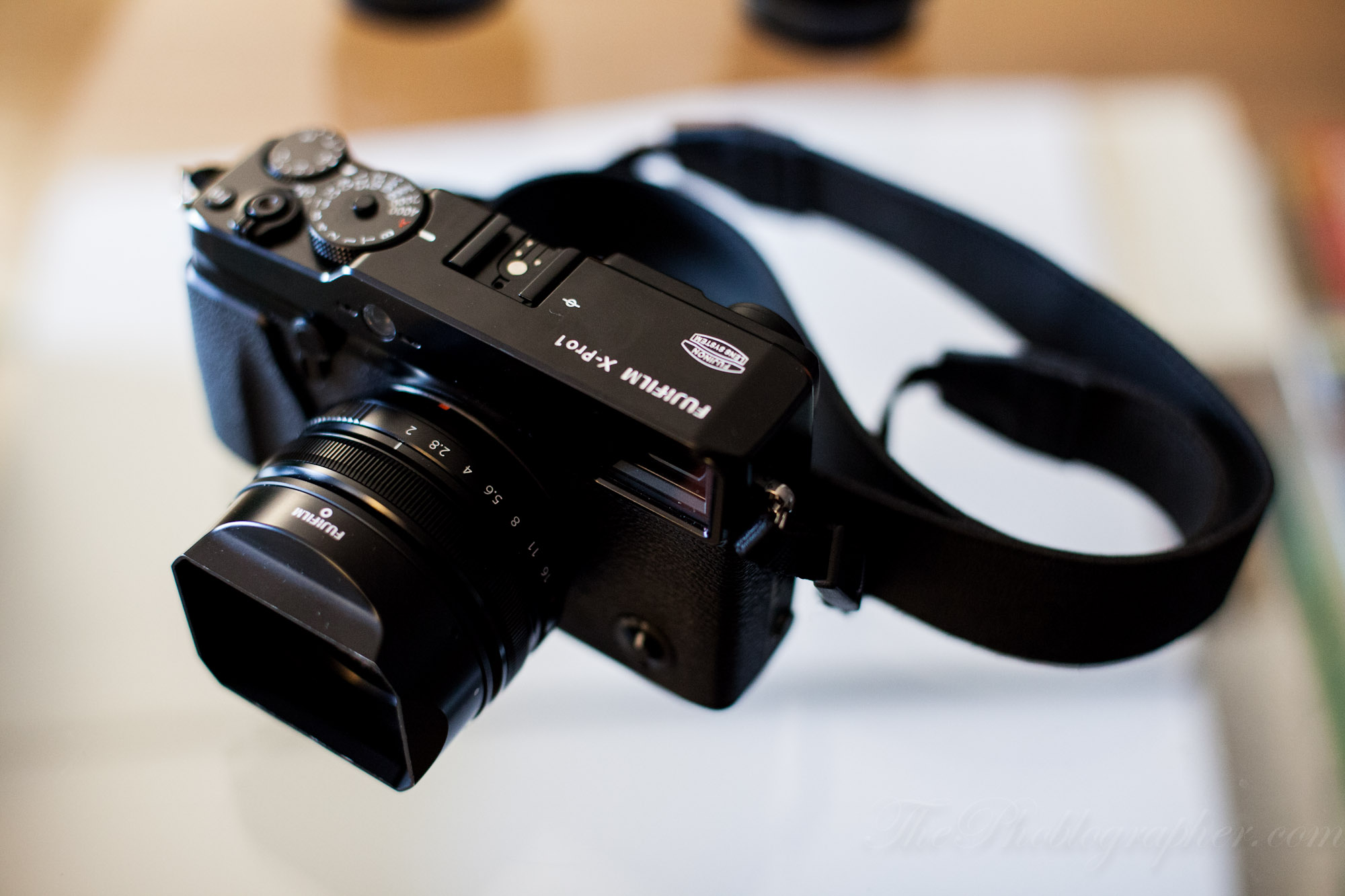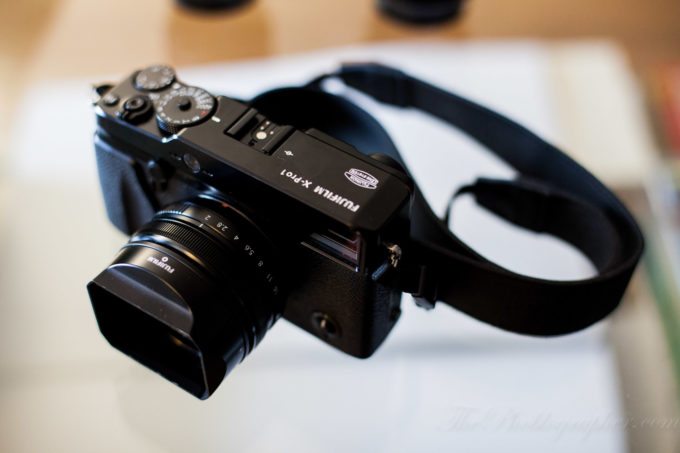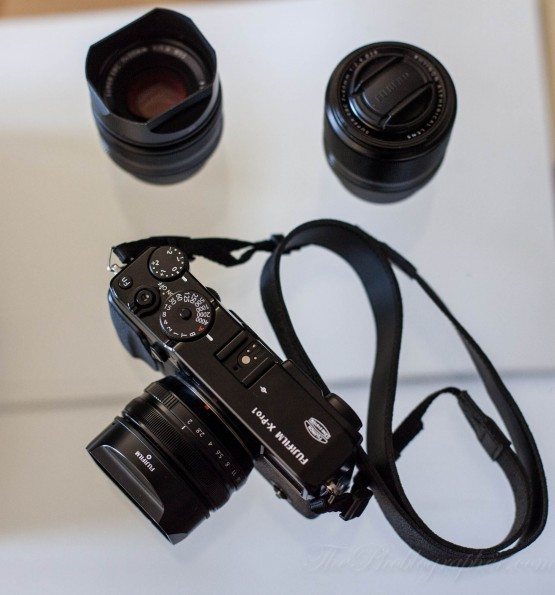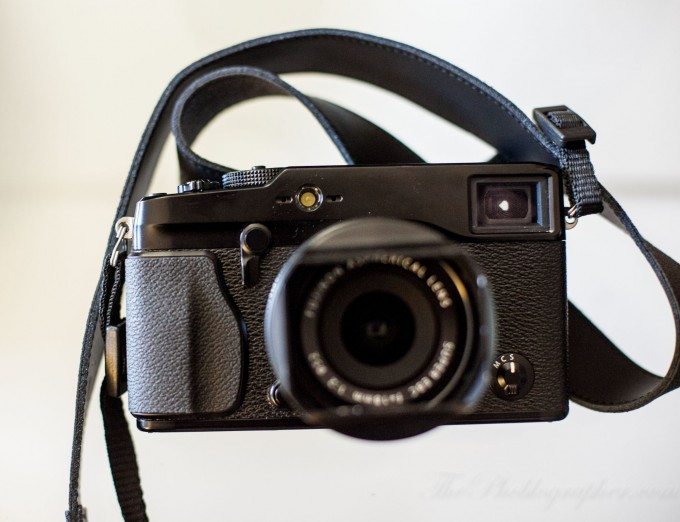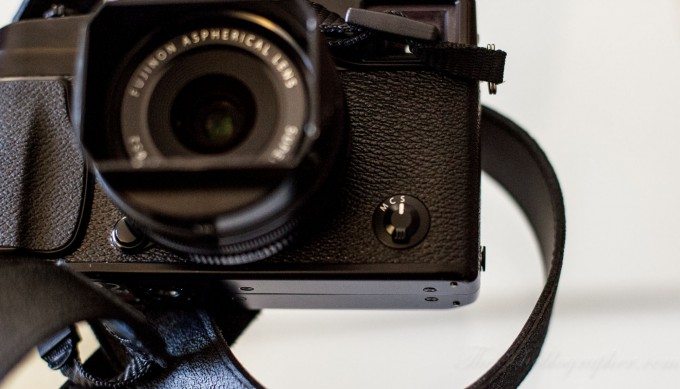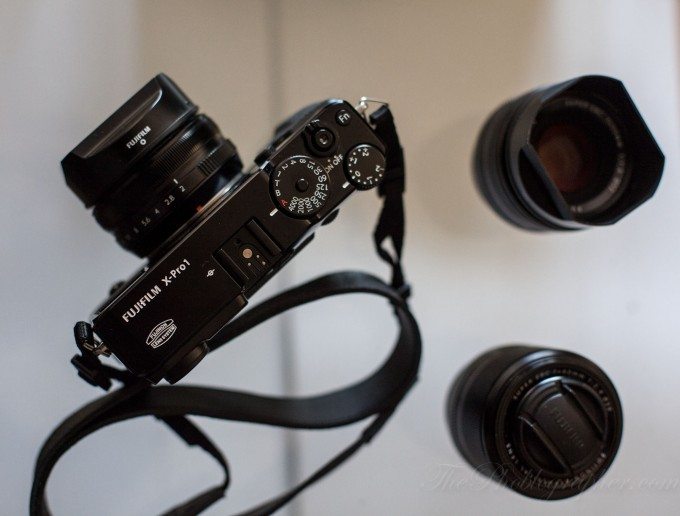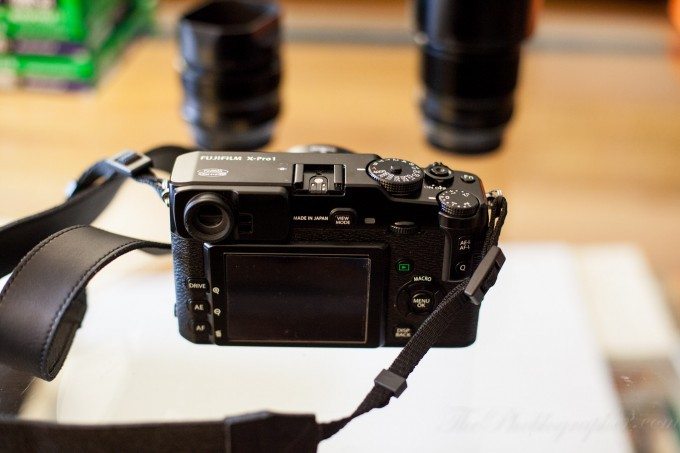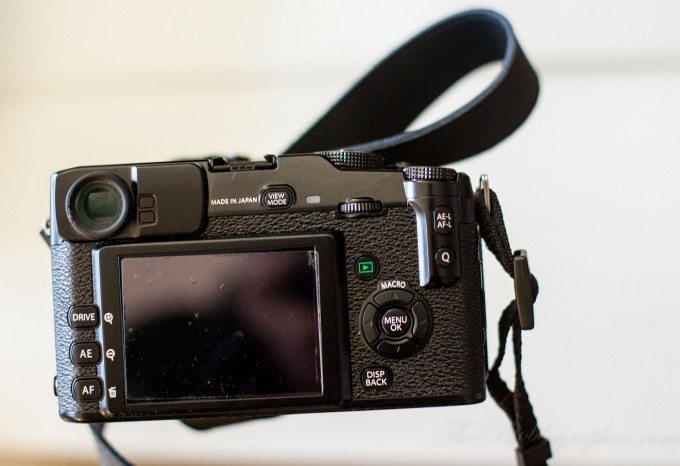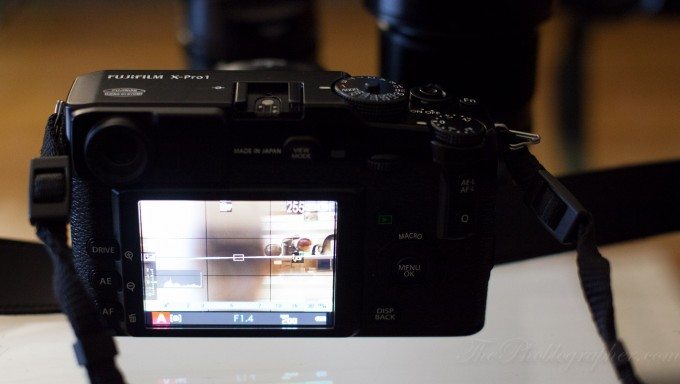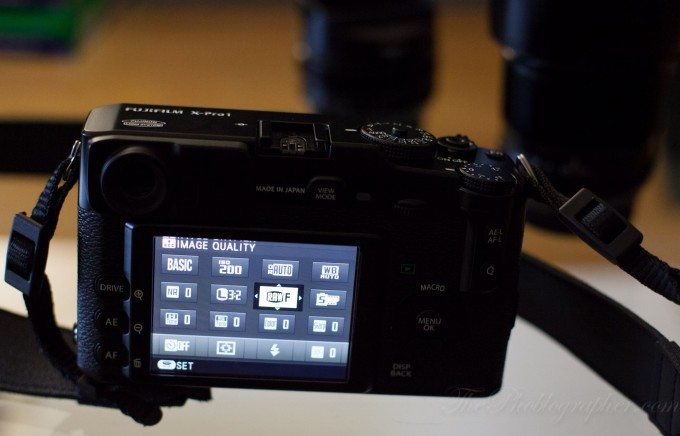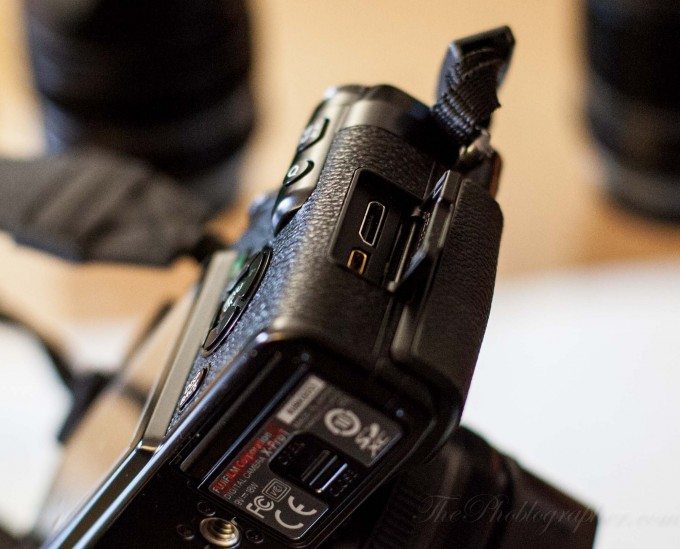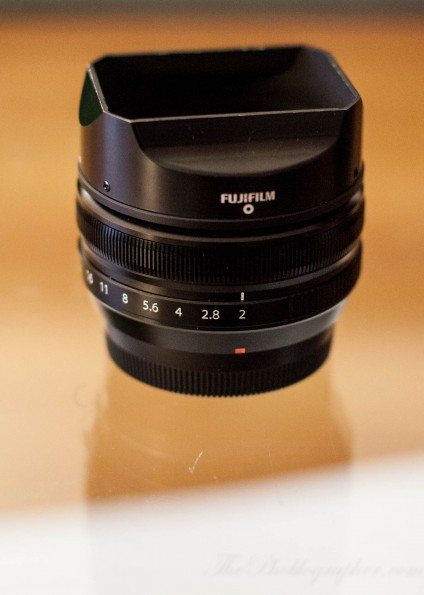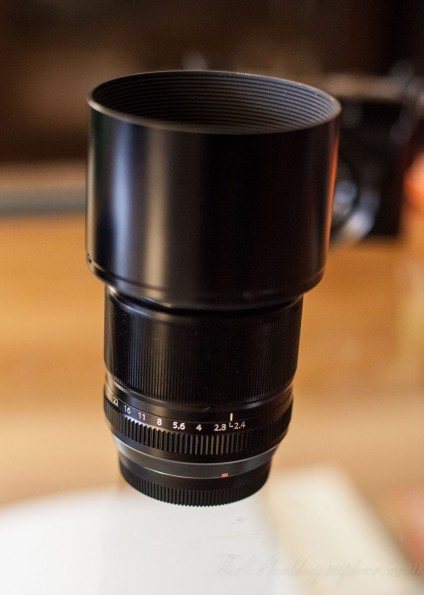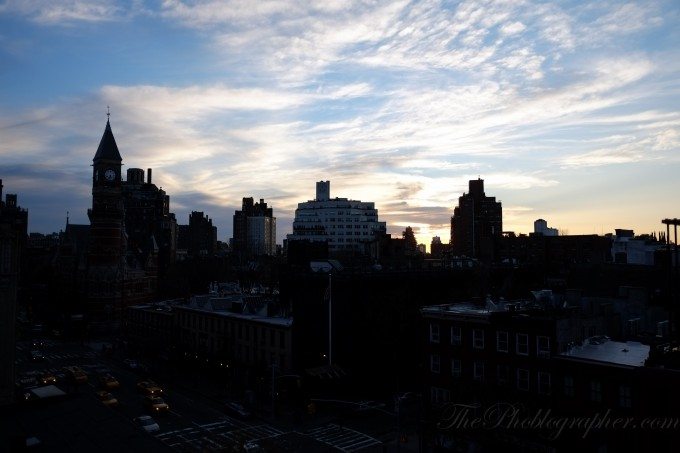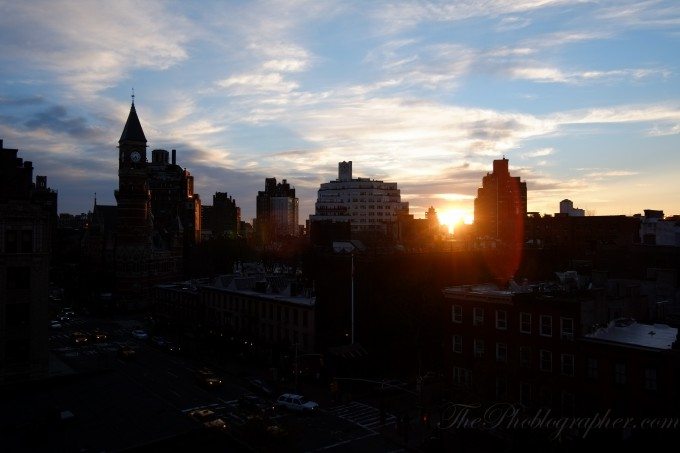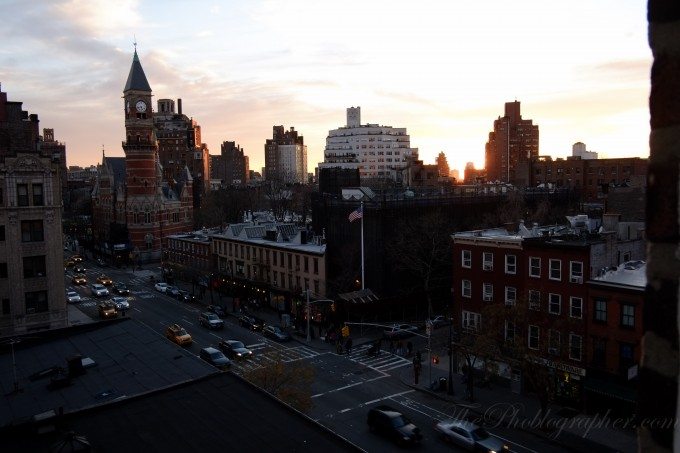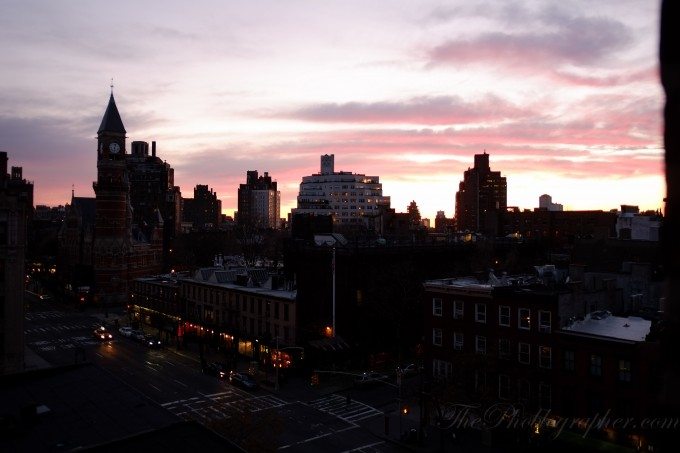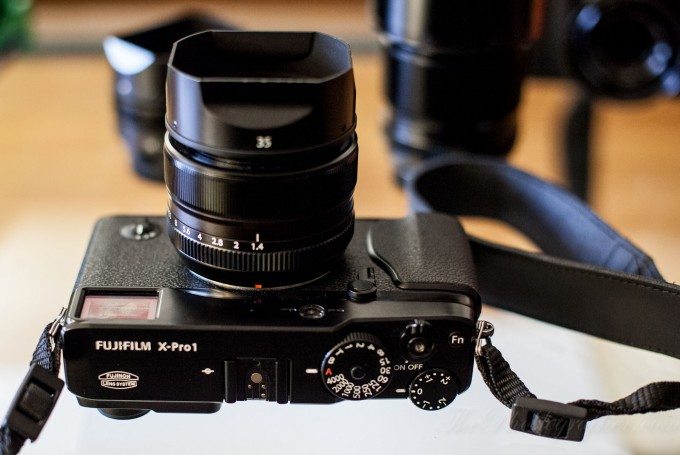Last Updated on 04/10/2012 by Chris Gampat
I’ve seen, held and played with the Fujifilm X Pro 1 before; but never long enough to really make any substantial judgements about it. Recently though, that changed and I was treated to a good hour or so of playtime with the camera. Not only the camera though: but the entire system of lenses in the form of the 18mm f2.0, 35mm f1.4 and 60mm f2.4.
What’s different about this hands-on review from all the rest though is that I was able to put an SD card in the camera. However, I must warn you all that I handled a pre-production model and that the image quality is perhaps not the final version. If the image quality isn’t the final version, I may just cry. Why? To be honest, I haven’t been this excited about a mirrorless camera since the Olympus EP3 was announced.
Gear Used
Ergonomics
The Fujifilm X series are a line of cameras with aesthetics and good looks that harken back to the days where rangefinder cameras were king. They were used by the likes of Henri Cartier Bresson and many others. For many years, Leica dominated the category with others nipping them in the heels.
Fast forward many years and the digital camera has come about. Then the digital SLR dominates. And then Leica came out with a digital rangefinder. To combat this, many companies started to produce their own mirrorless interchangeable lens cameras. Fast forward another couple of years, and Fujifilm is combining the roots and craftmanship of those olden cameras with modern ergonomics and technology.
And the Fuji X Pro 1 is their current king of the hill.
Let’s start with the front of the camera: it is super plain and very clean. The only functional parts here are the switch on the top left: which changes between the electronic and optical viewfinder, the lens release and the focusing switch.
The user has the ability to switch from manual focus, continuous focus or single focus.
X100 users like our very own Andy will know that the focusing switch is on the left of the camera. Fuji learned from this and decided to place it in the current position on the X Pro 1 to make it easier for the user.
At this point, it is very worth it for me to say that the grip also feels very nice in the hand. Indeed, Leica could learn a thing or two from Fujifilm about ergonomics in this case. For years I’ve been saying that mirrorless camera manufacturers need to be beaten over the head with Leica rangefinders until they get it right.
Maybe they should be beaten over the head with Fuji X Pro 1 cameras.
The top of the camera is also still very clean and very X100-like. Let’s start with the shutter speed dial. In order to change the shutter speed, you’ll need to depress the middle button. In practice, this is great for aperture priority users but quite a pain for full manual shooters at times. Correction: this is wrong. The model I played with was a prototype. The middle button on the shutter dial simple locks it into aperture mode. Thank you for the correction. I recently played with a production model and also discovered this.
Next to that is the on/off switch which is right around the shutter release button. Once again, like the X10 and X100 before it, it has been threaded for users that want to affix a cable release. Next to this is the Fn button: which I set to control my ISO settings with ease. Behind that is the exposure compensation dial. I almost never touched this.
When you look at the back of the camera as a whole, you’ll know that this is something designed for someone with experience. The buttons overall are placed in weird spots that I wasn’t able to totally get used to for the hour that I used it.
To clarify, I had to move the camera away from my eye in order to change the settings. That’s often how I can tell whether or not the user interface is intuitive or not.
The back of the camera is a tiny bit confusing and not labeled as clearly as the X100, which can in all honesty be called the middle man in the X series of cameras.
Let’s start with the dial: with the X100 this was used to fine tune the shutter speed or aperture. To do that now, you’ll have to use the up, down, left or right buttons. This dial mostly functions to accomplish other tasks, like scrolling through images.
The left of the backside features the drive button: which lets the user choose from three frames or six frames per second plus other settings like panorama. The camera also has an autoexposure and autofocus button. I mostly ignored these.
There is a view mode button, which seems to function exactly like the X100. This lets you choose whether or not you’ll be using the viewfinder or the LCD screen. This needs to be used in combination with the disp/back button and the switch on the front of the camera.
Thankfully, Fujifilm put the macro button on the back: which enables every lens to focus super close up. That means that when shooting street photography, you’ll be able to get right up to your subject and capture the world for what it is.
Then there is the menu button: which lets you cycle through an entire plethora of menus. The X Pro 1’s menus are the longest I’ve seen in the line of cameras.
The top right has an AE-L and AF-L lock button: which is very nice for users that shoot in aperture or shutter speed priorities. The Q button unlocks the menu that you see above. Think of it as the main visual menu that you’ll find on higher end DSLR cameras.
In terms of ports, the camera really doesn’t have that many. There is an HDMI out and a USB port. That’s it.
Every lens for the camera feels like its own unique piece and each also feels like a very modern update to some very traditional designs. The 18mm f2 above is very small. Don’t get me wrong though, it isn’t pancake small; but it’s nice. There is an aperture ring that works in 1/3 stops. The manual focus ring feels a bit small and overall is a bit loose to me. I really wish that it were smoother feeling. Zeiss, Leica, Voigtlander, Olympus’s 12mm f2 and SLRMagic have Fujifilm beat in terms of feel. To be fair, this lens and all three in this post have autofocusing and were perhaps meant mostly to be autofocused primarily. Conversely, so was Olympus’s option.
The lenses have no distance scale or depth of field scale, so hyperfocal length shooting (or zone focusing) needs to be done by looking through the viewfinder, setting the camera to manually focus and judging the distance of how far away you’re shooting.
Of all the lenses I held, the 60mm feels the best. The focusing ring is big, beef, and means that you can really get your fingers around it. To be fair though, the thing is giant.
I couldn’t use this lens on the camera body because it wasn’t functioning correctly.
I mostly stuck with the 35mm f1.4 on the camera due to my shooting style. My favorite focal lengths are 35mm, 50mm, and 85mms. The only one of those possible with this camera is the 50mm. When the 35mm f1.4 is attached, the lens gives off nearly a 50mm view; or at least it’s the closest to my favorite focal lengths of the trio.
Autofocus
One of the biggest complaints about the Fuji X100 was the autofocusing.
Are you ready for this?
The Fuji X Pro 1’s autofocusing puts the X100’s to shame. Indeed, it is snappy and really quite good. It isn’t Sony NEX or Olympus MSC good, but it is still very usable for most subject matter.
If you’re a street photographer that shoots Eric Kim style (sees something, stops, shoots, says thank you and moves on) then you’ll love this camera. If I had to put the focusing speed on par with anything else, it would be the 5D Mk II. However, this system is more accurate.
Image Quality
The following images were not altered in any way, shape, or form. They were simply resized to just under 2MB for you to view on the web.
Once again, these images are from a pre-production sample of the camera. I shot out of a window until the sun went down. At this pont, I also want to remind you that pixel-peeping does not make you a better photographer.
Most of these images were shot in aperture priority to test the metering abilities of the camera. These images are all JPEGs as the RAW files aren’t supported in Lightroom yet.
Conclusions
This is the camera that many of us have been waiting for. It is smallish, built well, has lenses ready with it, and has some exceptional image quality. It feels excellent in my hands and to be very honest with you, I am very close to selling my Canon 7D in order to fund one.
The Fuji X Pro 1 is a camera clearly designed and targeted towards the experienced user. So if you haven’t at least owned an SLR yet or shot film, then you should stick to other options. If you’re not familiar with the dark art of metering or exposures, then you should probably not spring for this one just yet.
Fuji is working on building this camera into a fully working system. My only problem with it is that they should acknowledge the studio photographers. Sure, there is a PC sync port to support flashes as well as a hot shoe that apparently works perfectly in TTL mode with Canon flashes (or so I’ve heard from two sources, despite the contacts not looking like Canon’s and indeed looking more like Nikon’s) but I would like the ability to do high speed sync mode. If Fujifilm really wants to make this into a fully professional system, they’ll need to consider the fact that many photographers need to do this and not use a neutral density filter instead. This is one of the troubles of the focal plane shutter.
Additionally, another problem that I encountered was that after the autofocus was locked, I wasn’t able to change the settings and have the camera register that I did so. That means that when I focused on the sunset and decided that I wanted to stop the lens down more, it wouldn’t let me. When I let go of the shutter release, it finally acknowledged that I had changed the aperture. A simple firmware update could fix this, but remember that this was a pre-production version.
As far as the image quality goes, it was very exceptional. I haven’t honestly been this excited about lenses or a camera in a while. And while the lust was there while I held it and used it, as I write this I remember that most of my DSLRs and mirrorless cameras are already very capable. To be fair, not many people own as much as I do.
If you’re looking for one camera to do it all, this Fuji X Pro 1 may be that camera. But I will know totally for sure once I have a production quality review unit in my hands.
I’ll end this story with one statement: if I had to restart my mirrorless camera system investment all over again, I’d invest into the Fuji X Pro system. Micro Four Thirds may hold a significant advantage in terms of size while balancing out quality and also boasting arguably the best lenses out there; but I’ve got a ton of faith in the Fuji system to come.
Please Support The Phoblographer
We love to bring you guys the latest and greatest news and gear related stuff. However, we can’t keep doing that unless we have your continued support. If you would like to purchase any of the items mentioned, please do so by clicking our links first and then purchasing the items as we then get a small portion of the sale to help run the website.


